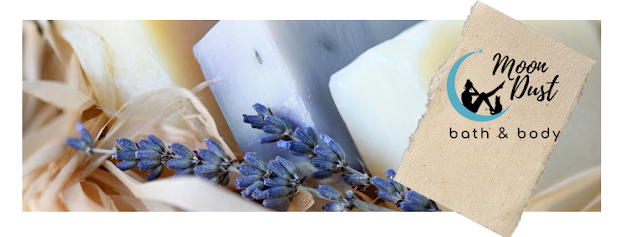Europe had been using grapeseed oil for centuries before it made its way to the US. In 1921, Frank Rabak published a paper to the Journal of Industrial and Engineering Chemistry, in which he recognized the seed waste that was a byproduct of the wine and grape juice industry. Soon after, production of grapeseed oil became a large scale industry, using what would otherwise be seed waste from juice and wine production and turning it into an oil for cooking and skin care. Yay! that means someone needs to drink the wine to get to the seeds. I volunteer!
So what can those tiny little seeds do? Perform big miracles! Grapeseed Oil is high in linoleic acid and antioxidants. Also rich in Vitamin E and Omega 6 fatty acids. Due to the high level of tannins found in grapeseeds, this oil is known for it's astringent, skin tightening properties.
Wrinkle and Scar Reduction
It's no secret as to why cosmetic companies prefer to use grape seed oil as a base for their assorted creams, lotions, and ointments. In addition to an ideal viscosity, the oil is extremely rich in beta-carotene and vitamins D, C, E. It also happens to have a concentration of essential fatty acids like palmitic, stearic, and linoleic acid. These fatty acids have performed well in clinical anti-wrinkle trials. They have also proven to be effective at minimizing the prominence and size of scars.
Prevention of Acne and Aging
Nutrient-rich grape seed oil has found its way into myriad of cosmetic products, especially products meant for the face and hair. Lip balms, face creams, conditioners, moisturizers and other products that contain grape seed oil are all rich in polyphenols. These polyphenols are anti-inflammatory antioxidants known to retard the aging process and prevent acne outbreaks. Consequently, a number of acne creams and toners use grape seed oil as a carrier oil.
Skin Balancing
While it may seem counter-intuitive to use an oil to treat oily skin, that is exactly what grape seed oil is used for. The last thing you want to do with oily skin is dry it out. In fact, that oiliness is a reaction of skin that is too dry. Grape seed oil is light to the touch and never leaves skin feeling heavy with oil. Instead, it effectively moisturizes the skin, balancing both dry and oily patches. When used as a toner, grape seed oil can penetrate blocked pores and cleanse breakouts.
Restoration of Collagen
Biochemical research into grape seed oil has found it is rich in oligomeric proanthocyanidins. Otherwise known by the acronym OPC, these flavonoids remove free radicals and promote the restoration of collagen at the cellular level, making your skin feel more firm and minimizing more signs of damage. On a tangible level, this contributes to keeping your face smooth to the touch and youthful in appearance. Again, this is the key contribution of grape see oil as far as the face is concerned.
Ingredients:
Botanical Name: Vitis Vinifera (Grape) Seed Oil
Comon Name: Grapeseed Oil
Botanical Name: Vitis Vinifera (Grape) Seed Oil
Comon Name: Grapeseed Oil


Comments
Post a Comment